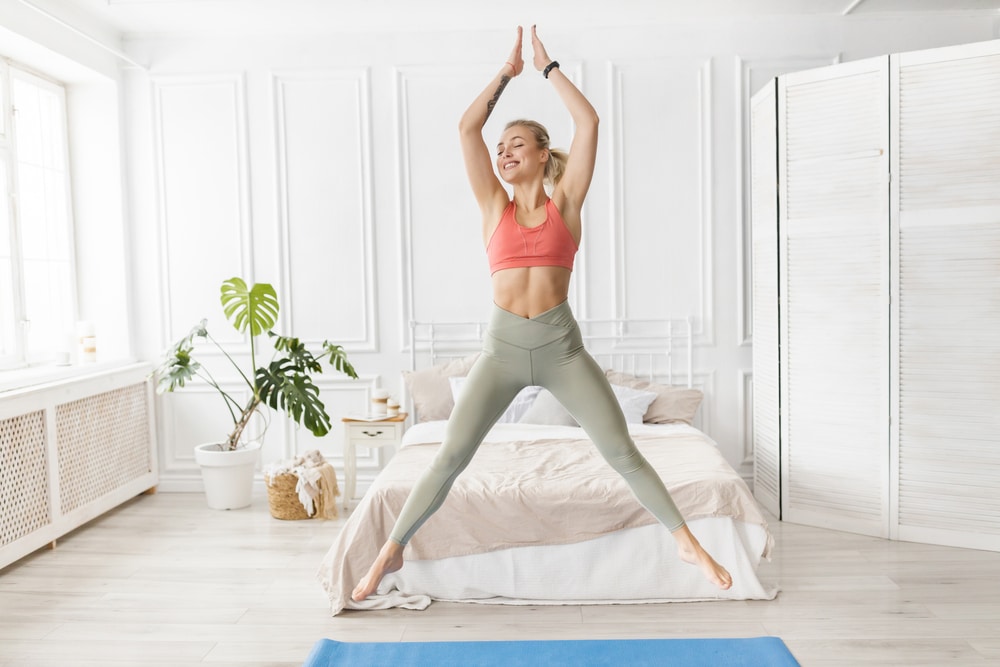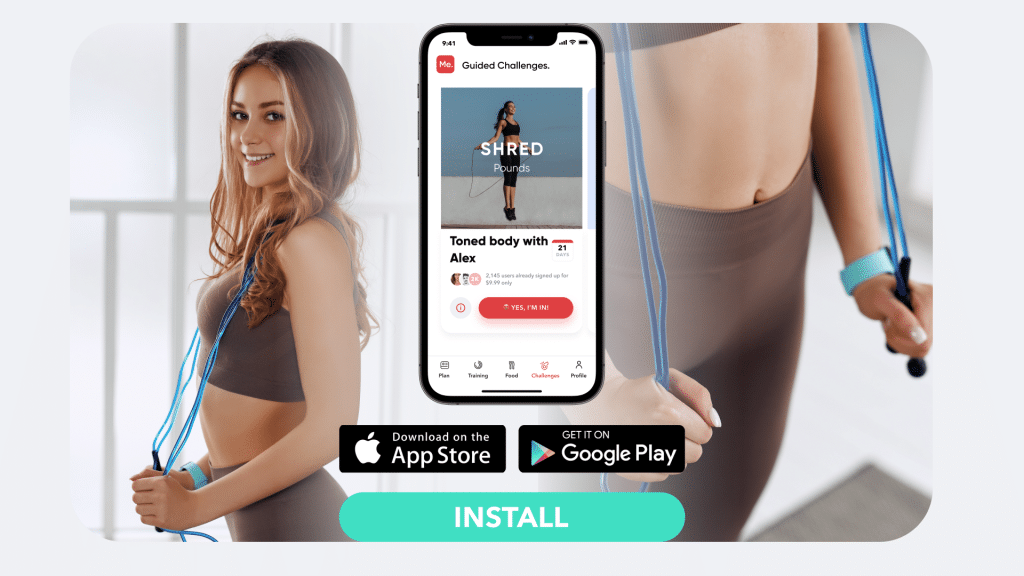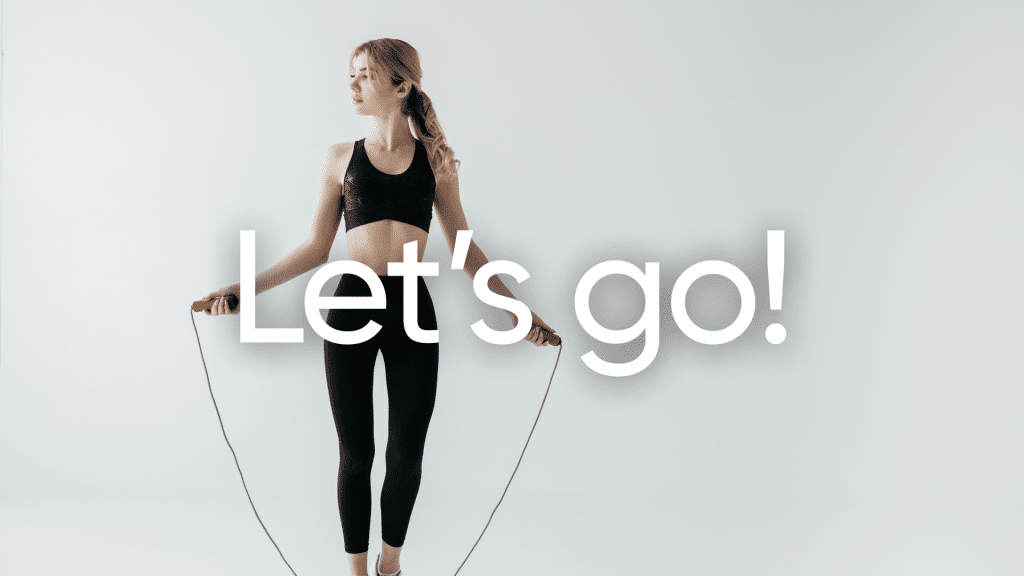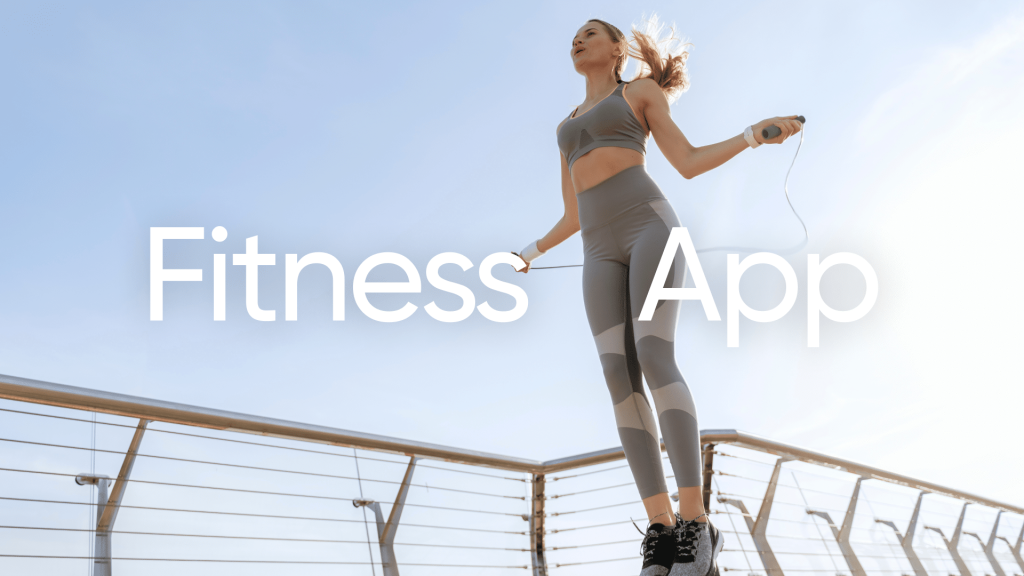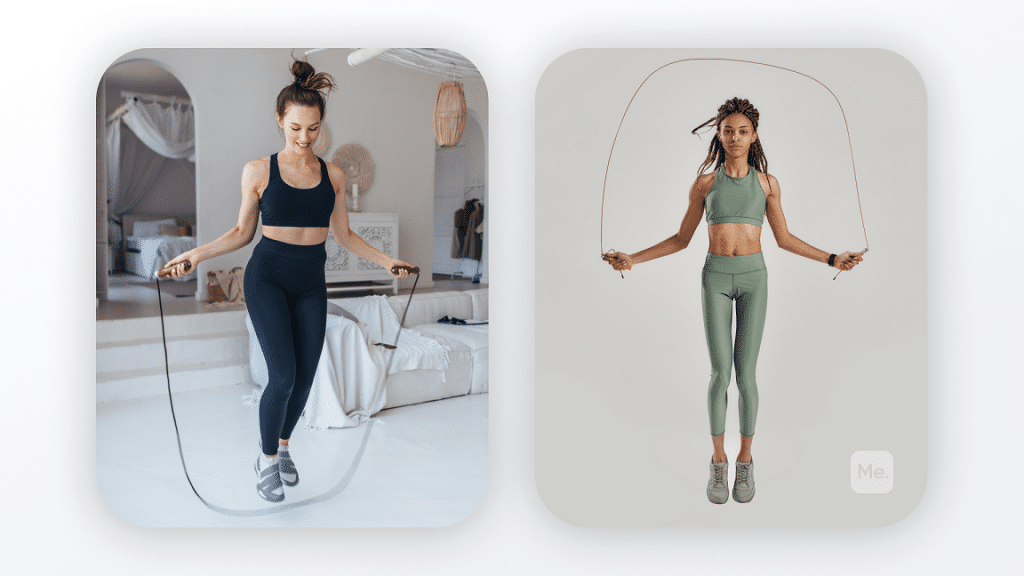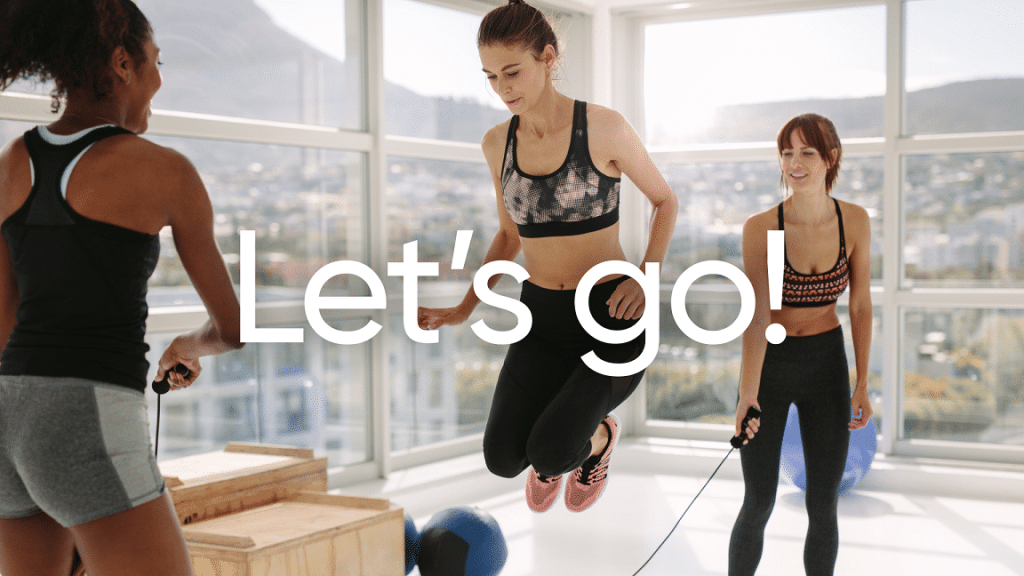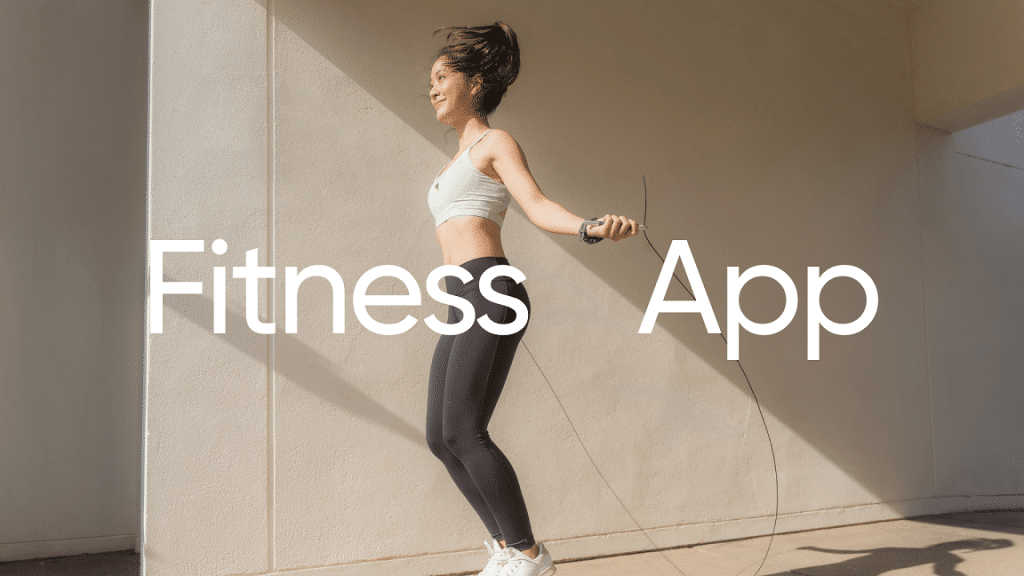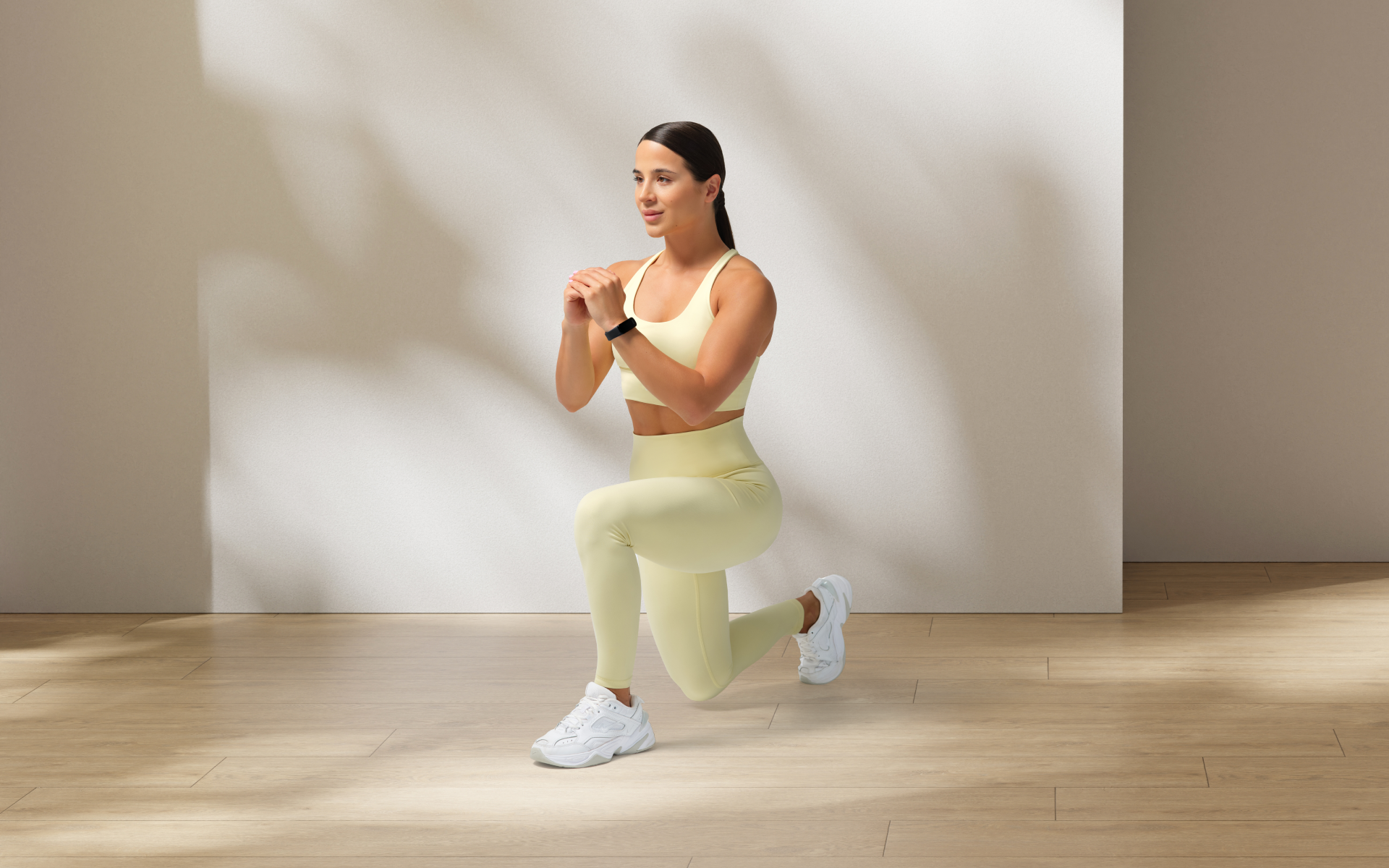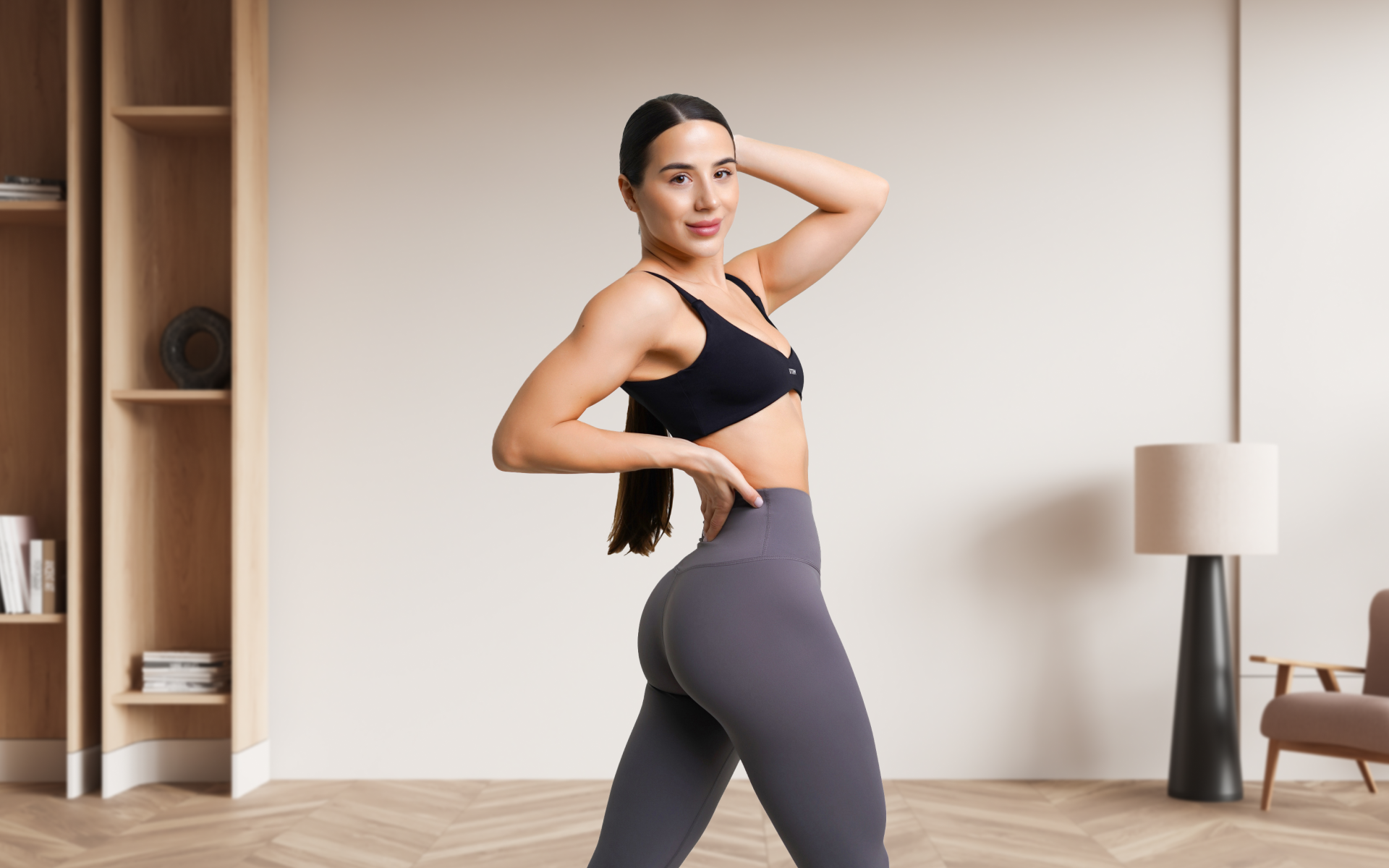Plyometrics is often a misunderstood form of training. Many people believe that it is just for elite athletes, but the truth is that anyone can start doing plyometrics to improve their performance and overall fitness. The key to using this form of exercise is to understand how you should approach each workout so you don’t hurt yourself while still getting the most out of each session. Plyometrics works by training the nervous system to fire muscles faster and more efficiently, which will allow you to run faster, jump higher and hit harder (1). Like most things, it is not a good idea to jump into plyometrics head first. You will need to start at the beginning with regular jump training and move your way up until you can do these workouts safely. In this article, we’ll focus on jump workouts. You will learn everything you need to know about how to start a jump routine, what equipment you need, and the various types of workouts that you can use. By the end of this article, you will have all the information necessary to safely incorporate plyometrics into your fitness routine.
Get your personalized
meal plan!
What Is A Jump Workout?
Vertical jumping is a critical skill for any athlete or fitness enthusiast and a type of plyometric workout. It engages the muscles from head to toe and allows you to become a better athlete.
What most people don’t realize is that explosive vertical jump power is also useful for general fitness. It translates to nearly every activity that requires athleticism, including running, lifting, swinging a bat or club, and doing bodyweight exercises. If you want to be an all-around athlete, it starts with power in the vertical jump.
What Muscles Do Jumps Workout?
You might be surprised to learn that jumping workouts focus on nearly every muscle in your body. You work the quads, hamstrings, glutes, hips, calves, lower back and abs each time you jump.
The real magic happens when you use plyometrics properly. Plyometric training causes stretch-shortening of the muscles (3). This means that as you land from a jump, your muscles are briefly stretched. When you quickly push off of the ground to jump again, your muscles contract at super speed and this allows you to jump higher than normal.
The only muscle groups that don’t really play a role in this type of plyometric workout are the biceps and triceps because they don’t stretch very much during a jump.
What Equipment Is Needed For Jump Workout?
You can do nearly every plyometric workout without any equipment at all. If you want to build explosive power, though, it is helpful to have access to some equipment so you can jump off of different surfaces.
And let’s be honest, some of the best plyometric workouts use gymnasiums or outdoor parks to cause even more powerful workouts.
Here are some pieces of equipment that you should consider investing in if you want to get the most out of your workouts:
A Flexibility Band
A flexibility band is super helpful for jump workouts. You can wrap it around your ankles or knees and use it to help control how high you jump during each workout. It allows you to work on improving each jump, even if you are just beginning.
Read More: Benefits Of Jump Rope For Your Workout Routine
A Box
If you want to become a high jumper or powerlifter, then you will need access to sturdy boxes that are at least 6 inches tall. You can build them yourself with plywood and cinder blocks (you can also buy pre-made ones at your local gym).
A Weighted Vest
A weighted vest will add an extra challenge to any workout. You can wear it when you run or do push ups, and it forces your body to fight against the added weight. If you don’t have access to a weighted vest, there are plenty of other ways to add resistance for jump workouts (like using a band or medicine ball).
A Skipping Rope
Rope jumping and running is an effective and fun jump workout. You can buy a skipping rope at your local sports store or use one of the various YouTube video tutorials to learn how to skip properly.
What Types Of Jump Workouts Are There?
Any exercise that targets power in the vertical jump is considered plyometric (1). This includes using a resistance band to do box jumps, running stairs, sprinting, and even doing bodyweight exercises like squats or lunges.
To target power correctly though, you need to use full-body explosive movements that incorporate your upper and lower body at the same time. Here are some of the best plyometric workouts to improve your vertical jump:
Weighted Box Jumps
These are great plyometric workouts that can be done at home or in the gym. It’s important to find a box that is around 6 inches tall. If you’re new to plyometrics, though, it makes sense to use a lower box until your muscles get used to explosive jumping exercises.
Box Jumps Workout:
- Stand about two feet away from the box.
- Bend over to touch the box with your hands, and then jump onto it so you land on both feet.
- Jump back off of the box and repeat for 6 to 12 reps or until failure (if you can’t complete 6 reps, reduce the height of the box).
Looking for a way to break the vicious cycle of weight loss and tone up all the jiggly parts? Watch the extra pounds fly off and your muscles firm up with the BetterMe app!
Down And Bounds
Down and Bounds are the perfect plyometric workout for basketball players. You jump from side to side and bound forward as you work on building explosive power in both your upper and lower body.
How:
- Pick one side of the court to start on, and then sprint as quickly as possible to the other side of the court.
- Jump and land with both feet on the other side of the court, and then immediately return to your original starting position.
- Repeat for 6 to 12 reps or until failure (if you can’t complete 6 reps, reduce the distance in between jumps).
Squats With Twist
Squats are one of the best plyometric workouts out there. Your entire lower body is targeted as you use explosive movements to move from squat position to standing.
Furthermore, this exercise targets the muscles of your core while making them stronger. It’s easy to do this plyometric workout at home (and you can even add weights if you want).
How:
- Stand with your feet shoulder width apart and then bend down into a squat.
- Keep your back straight as you look up, then twist to one side so that the top of your foot is touching the ground.
- Jump and switch legs in midair; repeat for 8 reps (4 on each side).
Single Leg Hop
Any exercise that requires both balance and explosiveness is considered plyometric. Single leg hops strengthen both your hamstrings and glutes while improving your balance. You can even add a weight vest to this workout to boost the intensity.
How:
- Stand with your feet together and hold a medicine ball in front of you at chest level.
- Slightly bend each knee, jump, and open your legs so that one leg is out on either side of you (make sure your knee doesn’t go past your toes).
- Jump back to the starting position, hold for a second, and then jump again.
- Repeat until failure (if you can’t complete 8 reps, take off some weight from your vest).
Read More: How Many Calories Do Jumping Jacks Burn: Stepping Up Your Workout Game The Right Way
Lunges
Lunges are a great lower body exercise that targets both your glutes and hamstrings, while also building explosiveness in your quadriceps. You can do this exercise with or without weights to build power.
How:
- Start with one leg two steps in front of the other, and then lower down into a lunge position where the forward knee is bent 90 degrees.
- Jump up explosively, switch legs in the air, and then land into another lunge.
- Repeat for 8 reps (4 on each side).
Jumping Jacks
Jumping jacks may not seem like much at first, but they’re an integral part of any plyometric workout that works on your explosiveness as well as your cardiovascular fitness. You can even add a medicine ball to this exercise to increase intensity.
How:
- Start by standing with your feet together and arms down by your side.
- Jump and spread your legs while raising your arms above your head.
- Land with legs spread, arms raised, and then jump again to return to the original stance.
- Repeat for 10 to 20 reps or until failure (if you can’t complete 10 reps, take off some weight from your vest).
Burpees
Burpees are one of the best plyometric workouts out there. They work to strengthen your entire body while boosting your cardiovascular fitness, all with just one exercise. You can also add weights to this workout to increase the intensity and build explosive power in your lower body.
How:
- Start with both feet together and hands on the ground beside your feet, and then jump back so that both legs are straight behind you and you are parallel with the ground.
- Immediately jump forward and land with your hands on the ground beside your feet.
- Now jump vertically as you raise your hands above your head.
- Return to the starting position and repeat for 10 reps (5 on each side).
Rebounding
Rebounding is a type of aerobic exercise that is performed on a mini-trampoline. It’s a great way to experience the feeling of jumping and being in midair while putting less stress on your joints. You can perform this plyometric workout either alone or with a partner.
How:
- Start by standing on the trampoline and bouncing until you reach a height where your feet are almost off the trampoline.
- Try to jump as high as possible by using all of both legs. You can also bend at the knees before jumping to further increase the height of your jump.
- Repeat for 20 reps or until failure.
If you tend to let yourself off the hook, raise the white flag when things get tougher than you expected, send yourself on an unconscious binge-eating trip – BetterMe app is here to help you leave all of these sabotaging habits in the past!
What Are The Benefits Of A Jump Workout?
Jump workouts are an essential part of any workout routine. They not only help you become stronger and more athletic, but they also burn a ton of calories that will help you lose weight. Jumping comes with many benefits, some of which include (5):
- Increase in strength, agility, power, explosiveness, speed & endurance
- Burns more calories than traditional workouts (it’s like combining weightlifting with running)
- Improves your cardiovascular health
- Increases bone density
- May improve mood
- Improves coordination
- Build muscle & tone your body
- Increases flexibility & range of motion
- Decreases chances of injury.
Tips To Improve Your Jump Workout
Here are a few pointers to help you jump higher:
Always Warm Up
Like any other workout, you’ll want to spend 5-10 minutes warming up before you start. A good warm-up will lower the risk of injury and make sure you’re more flexible for your plyometric workouts (2).
Perfect Your Form Before Trying To Jump Higher
It’s important to make sure you have the proper form before trying to jump higher. One common mistake is jumping from your toes rather than your entire foot. Make sure you bend at the knees and hips as well as your ankles when jumping up for maximum benefits.
Using the right form has many benefits. It will help you jump higher, increase your speed, and prevent injuries.
If You Can’t Jump High Enough Yet
You can still enjoy these plyometric workouts even if you aren’t able to jump high enough to reach the target height yet. Just repeat the exercise until failure or just do as many reps as possible for that set before moving to the next exercise.
Use A Weighted Vest When Working Out
A weighted vest can be added to any plyometric exercise for increased intensity. This is especially useful if you’re just starting out because the weight will help you develop explosive power while making it easier to jump higher compared to jumping without anything on.
A weighted vest adds resistance, which means that your body has to work harder than usual in order to perform certain exercises. This will make you more powerful while helping you jump higher.
Always Cushion Your Landing
When you land, always ensure you’re landing on a padded surface. Place foam tiles or cushions on the floor. This will spare your joints so you can train more frequently without worrying too much about injuries. Cushioning your landing also helps give you a better vertical jump because it strengthens muscles in your calves and legs which are important for jumping.
Use Momentum Of Your Arm Swing
To jump higher, you can use momentum throughout your entire body. One of the best ways to do that is by swinging your arms towards the sky as you jump. Your arms are linked to your legs, so moving them will help propel your entire body upwards and contribute to explosive power.
Distribute Your Weight Equally When Landing
Jumping is a high-impact exercise, so make sure you distribute your weight evenly to reduce the amount of stress on your joints. Bend at the knees and ankles as well as your hips when landing to cushion yourself from impact.
Jump Higher With The Right Nutrition
Like any other workout routine, proper nutrition is crucial to making sure your workouts are successful. A balanced diet will ensure you have enough energy for all your exercises while also giving you the necessary nutrients that allow you to jump higher.
A proper diet will help improve many aspects of your workout including explosiveness, speed, and endurance while also decreasing fatigue and allowing you to recover more easily from workouts (4).
Jump Higher With Proper Rest And Recovery
It’s just as important to rest after your plyometric workouts as it is to do the exercises. Your muscles need time in order to repair themselves and grow after a workout, so don’t skimp out on getting enough sleep or taking a day off from training every once in a while.
When To Get A Professional Trainer For Jumping Workout
It’s important to learn how to do jumping exercises correctly and safely. If you’re not sure of the proper technique or if you haven’t been training long enough to feel more confident, consider hiring a personal trainer.
A professional trainer will help ensure your form is correct and teach you how to do plyometric exercises properly so you can jump higher and avoid injuries. They’ll also be able to give you tips on nutrition and recovery to maximize your results.
The Bottom Line
Jumping is a high-impact activity requiring muscles, joints, and bones to work in unison. It’s a plyometric exercise that involves explosive movements and builds power while also increasing speed and agility. Combined with the right nutrition, adequate rest and recovery, plyometrics will help you jump higher and prevent injuries.
DISCLAIMER:
This article is intended for general informational purposes only and does not serve to address individual circumstances. It is not a substitute for professional advice or help and should not be relied on for making any kind of decision-making. Any action taken as a direct or indirect result of the information in this article is entirely at your own risk and is your sole responsibility.
BetterMe, its content staff, and its medical advisors accept no responsibility for inaccuracies, errors, misstatements, inconsistencies, or omissions and specifically disclaim any liability, loss or risk, personal, professional or otherwise, which may be incurred as a consequence, directly or indirectly, of the use and/or application of any content.
You should always seek the advice of your physician or other qualified health provider with any questions you may have regarding a medical condition or your specific situation. Never disregard professional medical advice or delay seeking it because of BetterMe content. If you suspect or think you may have a medical emergency, call your doctor.
SOURCES:
- CURRENT CONCEPTS OF PLYOMETRIC EXERCISE (2015, nih.gov)
- Does warming up prevent injury in sport? The evidence from randomised controlled trials? (2006, pubmed.gov)
- Effects of plyometric training on physical fitness in team sports athletes: a systematic review (2016, nih.gov)
- Nutrition and athletic performance (2021, medlineplus.gov)
- What Are the Benefits of Jumping? (2021, medicinenet.com)
